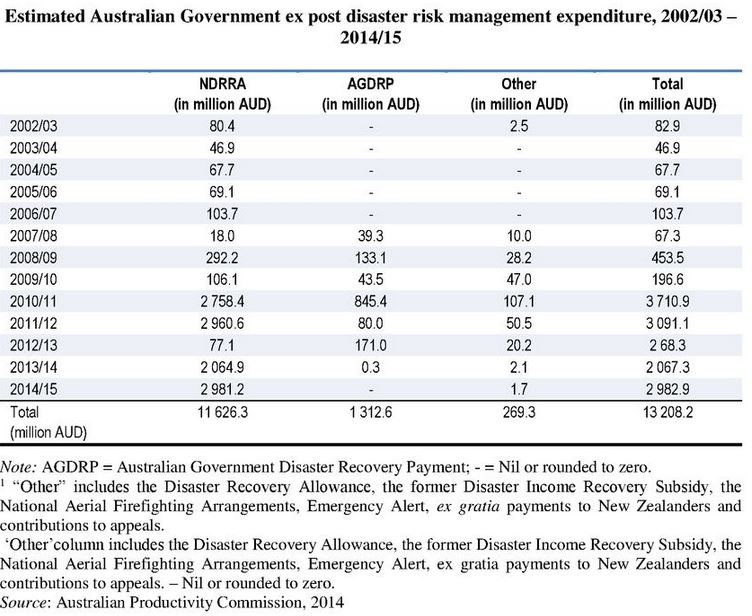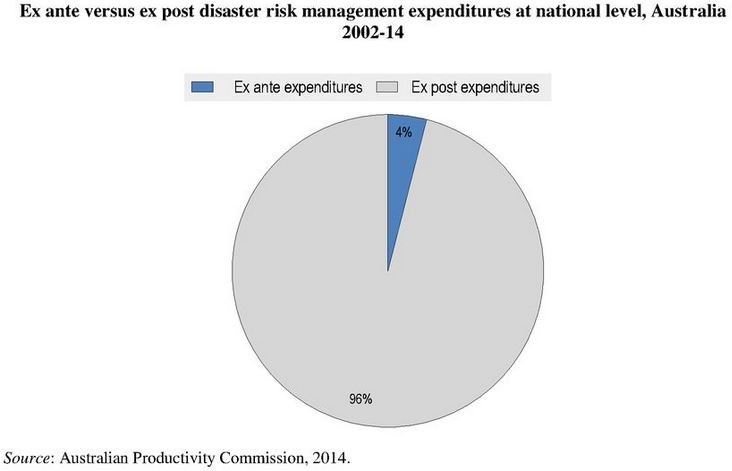OECD/The World Bank (2019), Fiscal resilience to natural disasters: lessons from country experiences, OECD Publishing.
The new joint OECD-World Bank report calls for pro-active management of the financial costs of natural disasters before they strike. It estimates that natural disasters cost advanced and emerging economies around USD 1.2 trillion in damages and economic losses over the last decade, more than double what they cost over the previous 10 years.
Damages to public infrastructure assets and related service disruptions are among the largest sources of the costs governments assume, and they are also the most difficult to control. To control their disaster-related contingent liabilities more effectively, governments are advised to set up clear rules for disaster assistance, including how costs are to be shared, which can lead to improved resilience to fiscal risks. Furthermore, the report recommends that in the aftermath of disasters, governments could condition financial assistance to reward reconstruction designed to reduce future damages. For example, some countries decrease financial compensation for repeated damage claims to the same asset.
Australia: Up to 96% of Government Expenditure on Natural Disaster Risk Management Takes Place Post Disaster
The report compares country practices in the management of the financial implications of disasters on government finances for a set of OECD member and partner countries particularly exposed to natural hazards, including Australia.
In regards to past fiscal impacts, the report notes estimates of the average annual loss from natural disasters in Australia vary significantly, ranging from 2.2 billion to 11 billion. On average, less than half of damages are covered by insurance; the total amount of government spending for disaster response is estimated at 700 million annually, of which the central government pays around 80% –a share estimated to increase.
 Source: OECD/World Bank (2019), Fiscal resilience to natural disasters: lessons from country experiences, p. 76.
Source: OECD/World Bank (2019), Fiscal resilience to natural disasters: lessons from country experiences, p. 76.
Over the 2002-2014 period, central government spending on ex ante disaster risk management (preparedness and risk prevention) amounted to 555 million, while 13 billion were spent on ex post disaster risk management.
 Source: OECD/World Bank (2019), Fiscal resilience to natural disasters: lessons from country experiences, p. 75.
Source: OECD/World Bank (2019), Fiscal resilience to natural disasters: lessons from country experiences, p. 75.
The report notes however that ex ante expenditures are likely underestimated, since a significant amount of embedded ex ante spending on resilience measures (for instance, public infrastructure) is made by subnational levels, where spending records are less complete.
(Source: Media release | Read the report | Watch video)



Recent Comments